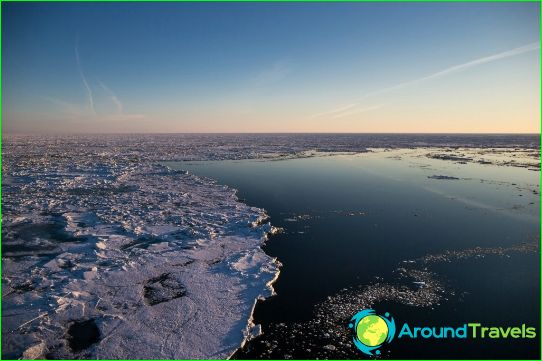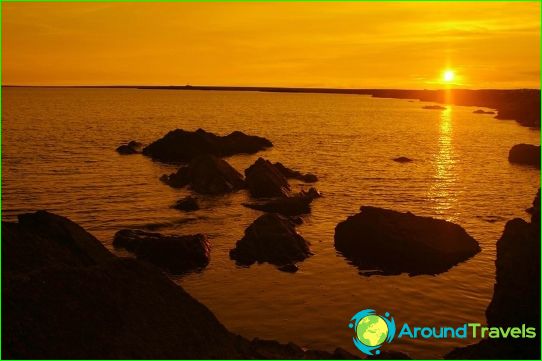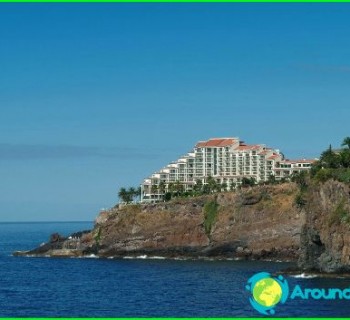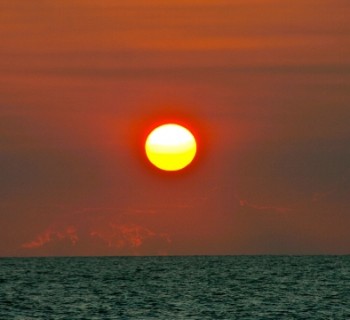Pechora sea

The coastal Pechora Sea is located in the southeast of the Barents Sea. It is located between the islands of Vaigach and Kolguev. The sea washes only the Russian shores: the Arkhangelsk region (Novaya Zemlya archipelago) and the Nenets Autonomous Okrug (the islands of Vaigach, Kolguev and the mainland). The map of the Pechora Sea makes it possible to see its parameters. In the latitudinal direction, it occupies 300 km (from the Karskiye Vorota Strait to Kolguev Island). The sea stretches along the meridian from Novaya Zemlya to Cape Russkiy Uranot. Its water area covers more than 81 thousand square meters. km.
Features of the relief
The sea is considered shallow. The depth increases gradually, with distance from the mainland. A deep-sea trench with depths of about 150 m or more is present near the Novaya Zemlya archipelago.
Wetlands and low-lying areas are common along the shores. The Pechora Sea is approximately 210 m deep and salinity ranges from 23 to 30 ppm. The water area of the reservoir is very different from the Barents Sea in terms of natural factors. A special situation has formed here due to a combination of hydrological, climatic and oceanological reasons. Therefore, tidal currents, wave processes and other factors are expressed in the Pechora Sea differently than in the Barents Sea. The ice regime has a huge impact on the relief..
Climate
The coast of the Pechora Sea is an area of permafrost. The sea is covered with floating ice from mid-autumn to early summer. The polar night begins in the area in November and ends in January. From May to June, a polar day is observed here. The warmest months are August and July. The maximum ice extent is observed by April. Further, the ice retreats to the eastern regions and becomes thinner. The ice completely disappears in July. At the same time, the Pechora Sea very rarely freezes entirely. Usually its western part remains free in any season. The ice is hindered by the warm waters of the Atlantic coming from the north. Due to global warming and changes in the ice cover of the Arctic seas, scientists predict a gradual destruction of the shores of the Pechora Sea.
The value of the Pechora Sea
There are oil fields in its water area. Today, such deposits are being prepared for industrial development as «Medynskoe-sea», «Dolginskoe», «Varandey Sea» and others. An oil loading sea terminal operates in the village of Varandey. This is where oil comes from the fields. Fishing for seals, beluga whales and cod is also of economic importance..



